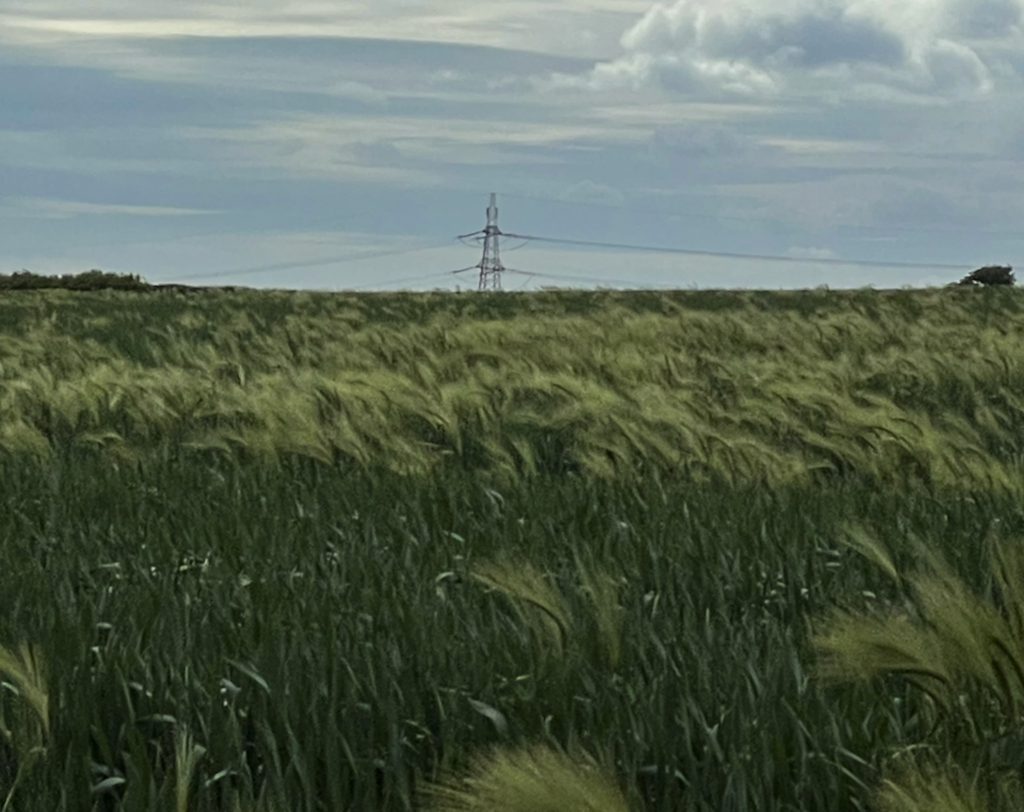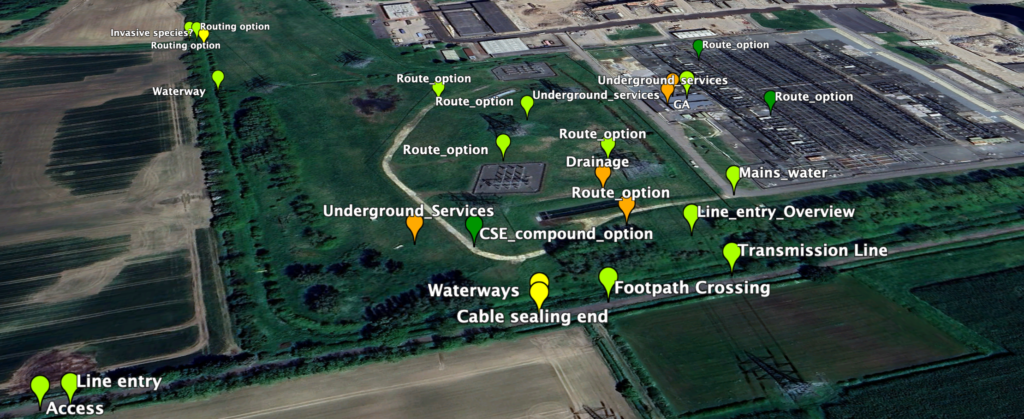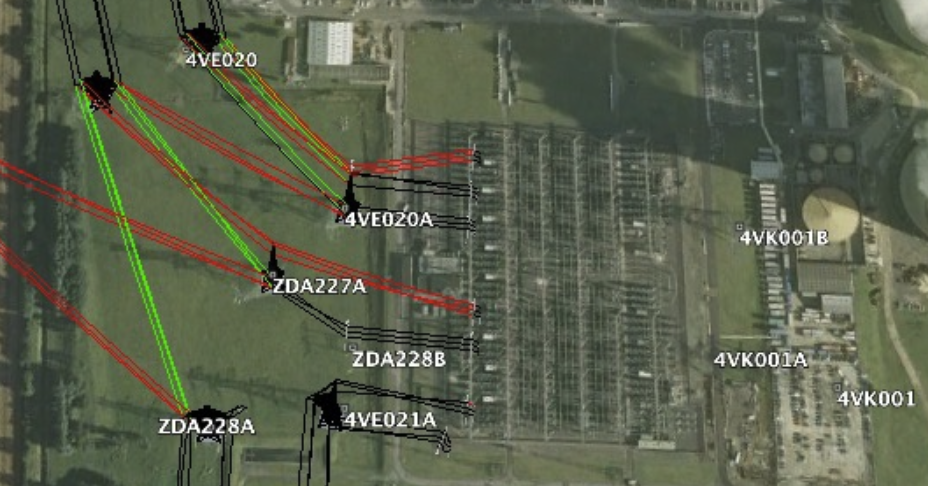SERVICES
INTRODUCTION
Monui offers a range of services from project design and development through to delivery. Find below our capabilities and some recent case studies for works undertaken for clients. Our background and experience means we’re comfortable taking on the most challenging of projects with the ability to redefine your delivery to ensure success.
POJECT DESIGN AND DEVELOPMENT
Project feasibility studies HV plant specification
Topographical and LiDAR Surveys
CAD layout drawing production
Single line diagram production
Strategic site development
Site survey specification
Principle Designer role
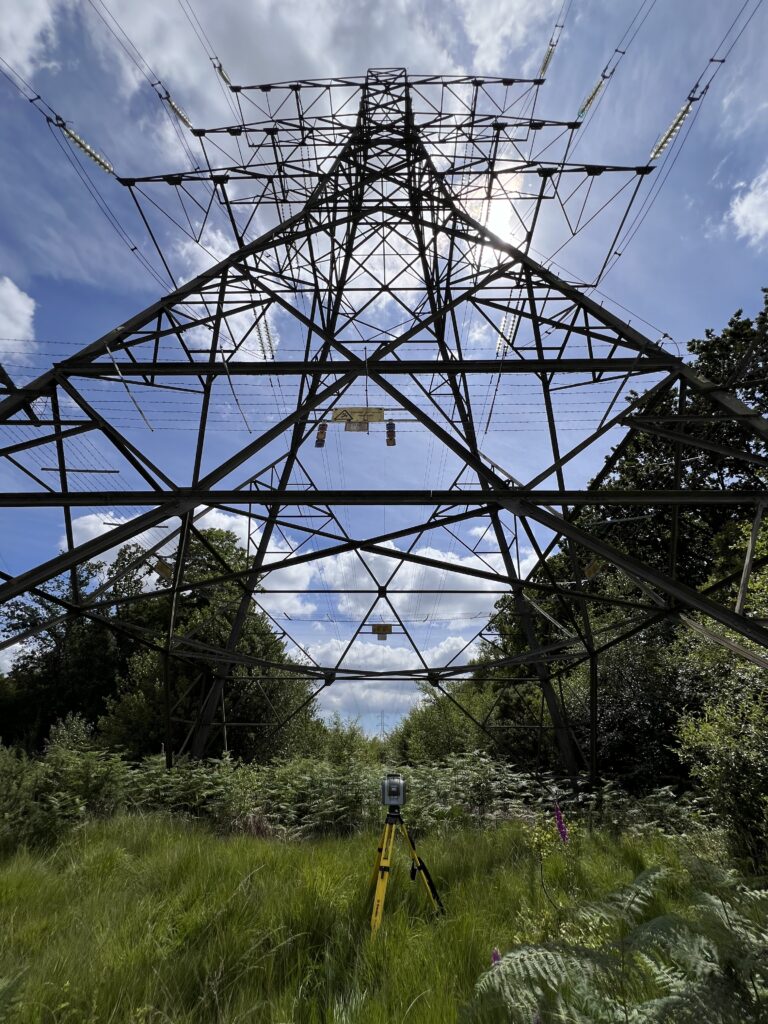
PROJECT MANAGEMENT

High quality construction project and portfolio management
Expert contract support inc. dispute resolution
Risk identification and mitigation planning
Project critical support and recovery
Safety performance improvement
Construction planning (CDM)
Project health analysis

ELECTRICITY CONSTRUCTION
Expert construction insight – OHL, cables and substations
Emergency return to service strategy planning
HV system access coordination
Substation design assurance
Construction plan analysis
Commissioning consulting

CABLES
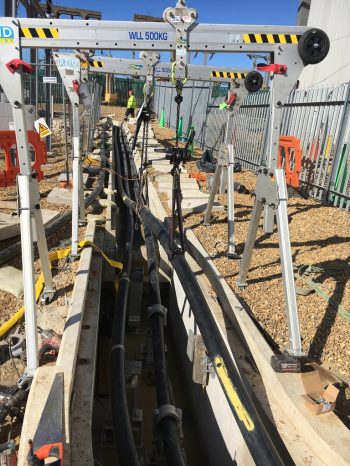
Feasibility studies including cable specification
Wind farm array cable design engineering
Lead design assurance engineering
For construction detailed design
Cable system design
FEED design

SUBSTATIONS
Innovation development including associated specification
Plant access analysis and swept path modelling
LiDAR scanning and spatial feasibility modelling
Detailed stage by stage planning inc.diagrams
HV plant specification

OVERHEAD LINES
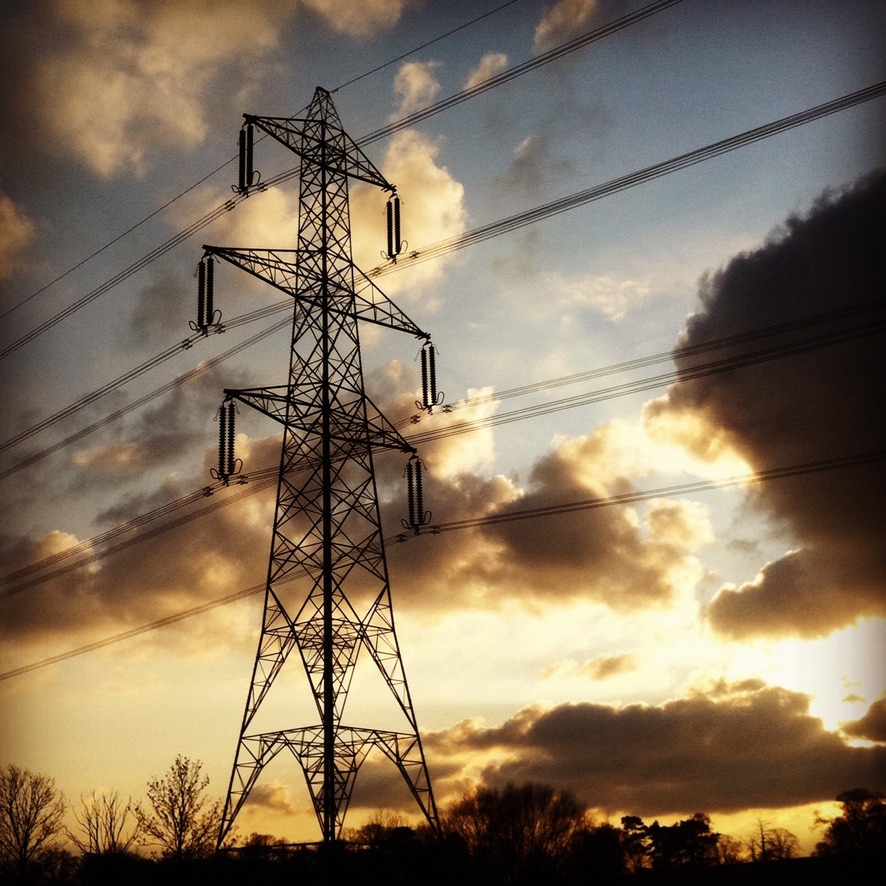
PLDS CAD up to M4 modelling (ISO 9001 &14001)
Tower foundation assessment, non intrusive
Hot curve modelling/ line profile diagrams
LiDAR scanning for topographical models
Steelwork condition assessment
2D Orthomosaic mapping
Conductor selection

CASE STUDIES
CABLE ROUTE DESIGN, SPECIFICATION AND SYSTEM RATING
Project Overview: Monui was entrusted by a leading renewable energy developer to collaborate with National Grid Electricity Transmission (NGET) in negotiating and agreeing on a 33kV cable route for a cutting-edge battery storage facility in West Thurrock.
Our Approach: Our team at Monui meticulously designed the cable route through NGET land with a focus on minimising risk during both installation and operation. This comprehensive approach involved:
- Desktop Assessment:A thorough analysis of all available site information to identify potential challenges and opportunities.
- Site Visit:An on-ground inspection to verify data and gather additional insights.
- Stakeholder Consultation:Engaging with the local operations team leader to ensure alignment with operational protocols and local considerations.
- Cable System Design:Undertaking cable system design to identify a suitable cable solution for the route, rated to meet operational demands and safety standards.
Outcome: By integrating detailed assessments, strategic consultations, and precise cable system design, Monui successfully developed a cable route that meets both technical requirements and operational safety standards. This project underscores our commitment to delivering tailored solutions that facilitate the advancement of renewable energy infrastructure and to enable companies to effectively navigate the challenges of connecting to the UK transmission network.
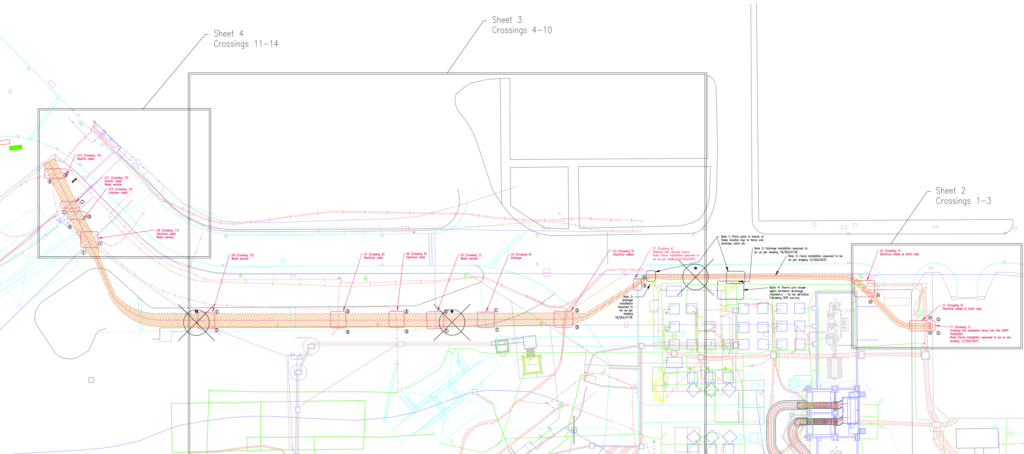
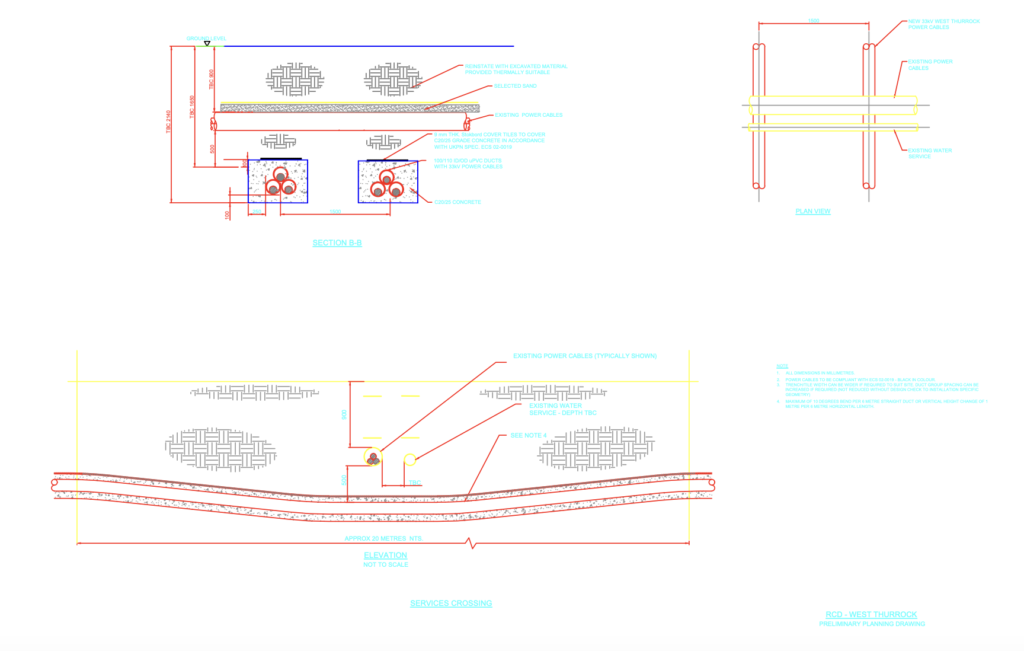
INDIAN QUEENS GRID PARK DEVELOPMENT
Project Overview: Monui spearheaded the development of the first indoor 33kV grid park substation connection for National Grid Electricity Transmission (NGET) to integrate three renewable generation projects in South-West England.
Our Role: Monui was entrusted with the following key responsibilities:
- Connection Engineering: Acting on behalf of NGET, we provided the Connection Engineer to lead the development and contracting of a groundbreaking 400kV/33kV grid park project.
- Substation Development: Designing and implementing the indoor 33kV grid park substation to efficiently connect three 47.5MW renewable projects directly to the transmission network.
Outcome: Monui’s innovative approach and technical expertise facilitated the seamless integration of multiple renewable energy sources into the National Grid. This project not only underscores our leadership in advanced substation development but also highlights our commitment to advancing sustainable energy solutions in the UK.
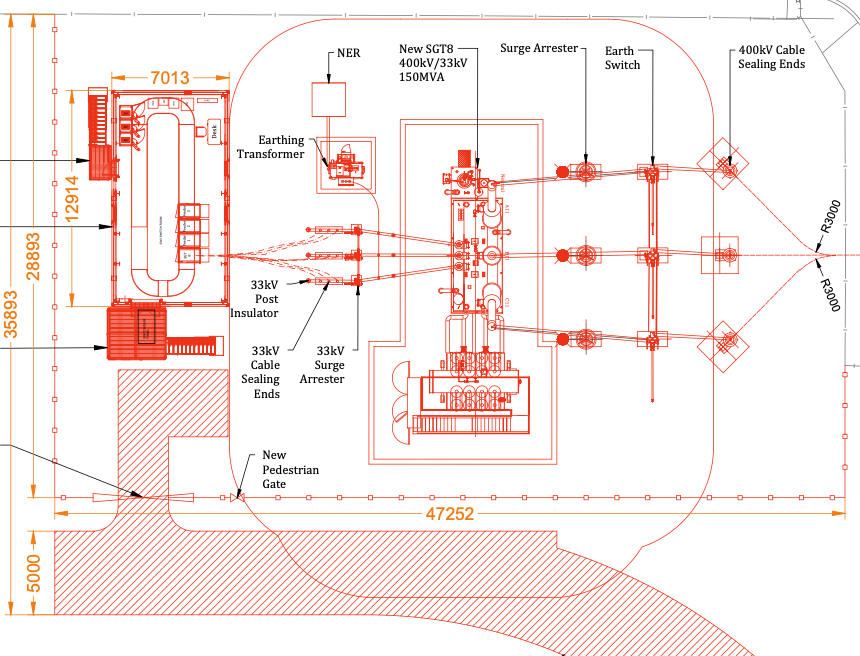
IVER 132kV GIS INTERFACE WITH NATIONAL GRID
Project Overview: Monui was appointed as the interface engineer on behalf of Scottish and Southern Electricity Networks (SSEN) to facilitate the installation of a new 132kV Gas Insulated Switchgear (GIS) at Iver, West London. This project involves close coordination with National Grid Electricity Transmission (NGET) to ensure compliance with their processes and technical specifications.
Our Role: Monui’s extensive knowledge and expertise in NGET protocols remain instrumental in supporting SSEN through this complex project. Our key responsibilities include:
-
Interface Engineering: Acting as the liaison between SSEN and NGET to ensure seamless integration of new assets.
-
Process Adherence: Guiding SSEN in following NGET’s processes, procedures, and technical specifications, as they undertake the process for the first time.
-
Project Design and Delivery: Utilising our deep understanding of NGET’s operational standards to support SSEN in meeting project timelines and overcoming technical challenges across ownership boundaries.
-
Process definition and mapping: production of process flow diagrams to articulate the requirements of the project to our client ensuring widespread knowledge of work flows, timescales, deliverables and authorisations, delivering structure and efficiency.
Outcome: Through Monui’s support, SSEN is successfully navigating the complexities of delivering NGET assets, ensuring adherence to all required processes and specifications, creating a a template for all future transmission network interface projects. This collaboration exemplifies our ability to bridge gaps between different organisations, fostering successful project outcomes and advancing the infrastructure for a more reliable energy network.
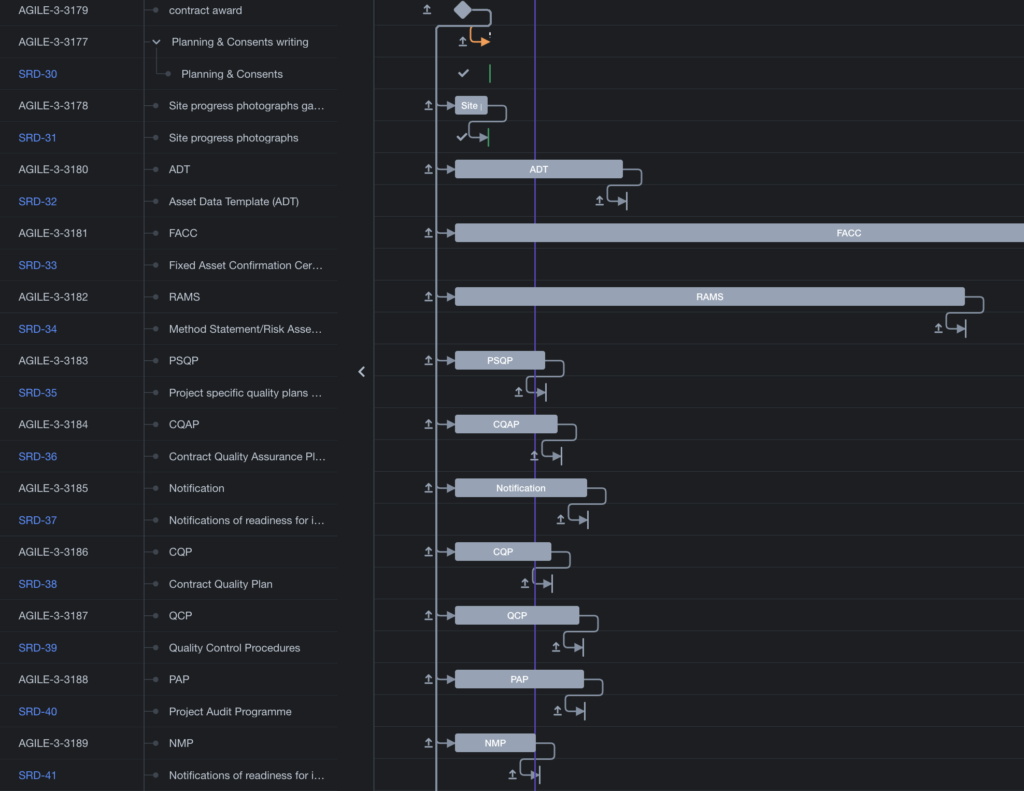
HURST SHUNT REACTOR 3 REPLACEMENT
Project Overview: Burns & McDonnell successfully tendered for a project on National Grid’s M&E Framework, involving the asset replacement of a 13kV Shunt Reactor and bund. The project included the demolition of the existing noise enclosure and the installation of new surge arrestors and a protection system.
Our Role: Monui was tasked with providing a Project Manager (PM) to Burns & McDonnell. The PM’s responsibilities included:
Direct Interface: Acting as the primary liaison with the National Grid PM to ensure smooth communication and coordination.
Contract and Works Management: Overseeing the contractual obligations and managing the project works.
Reporting: Providing regular updates to the Burns & McDonnell Senior PM managing the framework.
Comprehensive Oversight: Managing the project budget, forecasting, programme, quality control, and the health and safety of the site teams.
Outcome: By embedding a dedicated PM within Burns & McDonnell’s team, Monui ensured seamless project execution and adherence to all safety and quality standards. This collaboration highlights our commitment to delivering excellence in project management and our ability to support complex infrastructure projects.
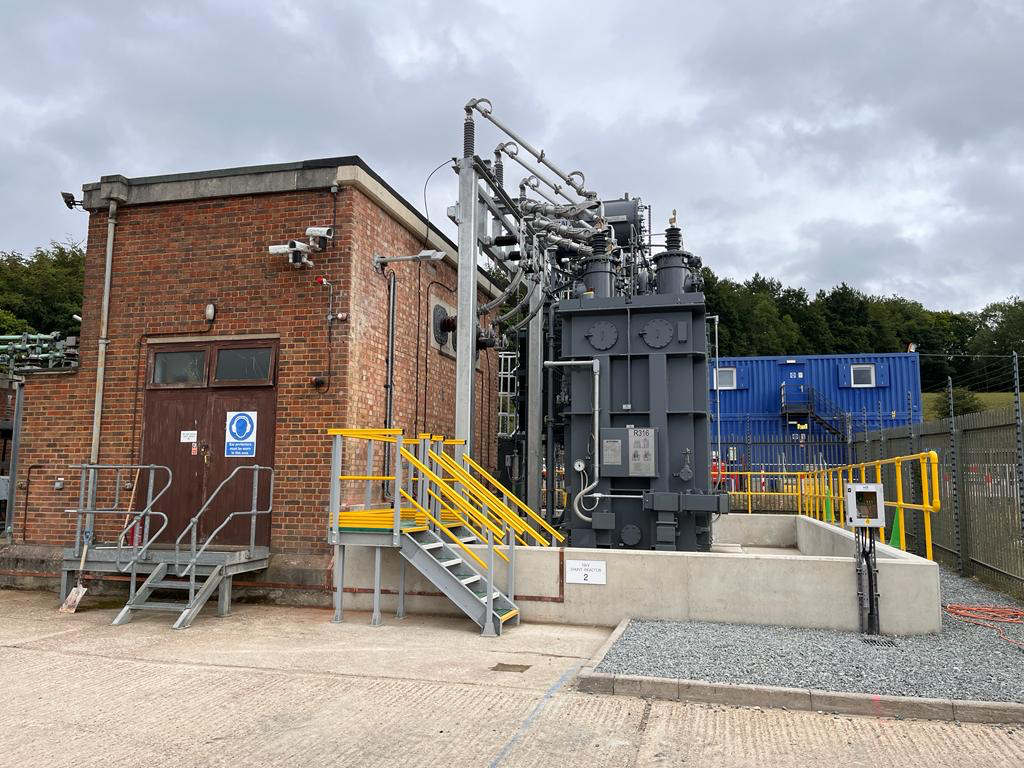
OFGEM CIVIL RE-OPENER
Project Overview: Monui was entrusted with project management and the authorship of a comprehensive regulatory report for OFGEM, detailing the requirements for civil asset infrastructure across the electricity system. This report was critical for defining investment needs and requirements for the remainder of the RIIO-2 regulatory term (2021-2026).
Our Role: Monui’s responsibilities in this project included:
Project Management: Overseeing the entire project to ensure timely and accurate delivery.
Regulatory Report Authoring: Crafting a detailed report that outlines the investment requirements and needs case for civil asset infrastructure.
Investment Needs Analysis: Defining the necessary investments to maintain and enhance the electricity system’s civil assets throughout the RIIO-2 term.
Outcome: Monui successfully delivered a thorough and well-structured report that met OFGEM’s stringent requirements. This project underscores our expertise in regulatory compliance and our ability to support significant infrastructure investment planning, contributing to the reliability and efficiency of the electricity system.


NATIONAL GRID - GRID PARK FEASIBILITY DESIGN
Project Overview: Monui was engaged by National Grid to develop innovative concept designs for incorporating a new 400/33kV transformer within an existing, space-constrained 400kV substation. The objective was to mitigate the extensive costs associated with major civil works, including the requirement for a length of 400kV cable.
Our Role: To address the challenges posed by the existing substation’s limited space, Monui’s scope included:
LiDAR Scan and Superimposed Model: Conducting a LiDAR scan of the existing site equipment and creating a superimposed model of the proposed new plant for feasibility assessment.
Spatial Assessment: Evaluating spatial requirements for electrical safety clearances and vehicle operations.
Fire Damage Zone Impact Assessment: Analysing the potential impact of fire damage zones.
Plant Layout Drawings: Producing detailed layout drawings for the proposed plant.
Design Option Identification: Developing multiple design options for the 400/33kV transformer and associated switchgear and auxiliary equipment.
Risk and Feasibility Assessment: Conducting spatial feasibility and risk assessments for each identified option.
Optioneering: Recommending the option with the least impact through a detailed optioneering process.
Outcome: Monui delivered comprehensive feasibility designs that addressed National Grid’s requirements, offering cost-effective and innovative solutions for the integration of new equipment within the existing substation footprint. Our work included thorough spatial and risk assessments, ensuring that the recommended option met all safety and operational standards. This project showcases our ability to deliver forward-thinking engineering solutions harnessing technology to our benefit in complex and ever tighter constrained environments.
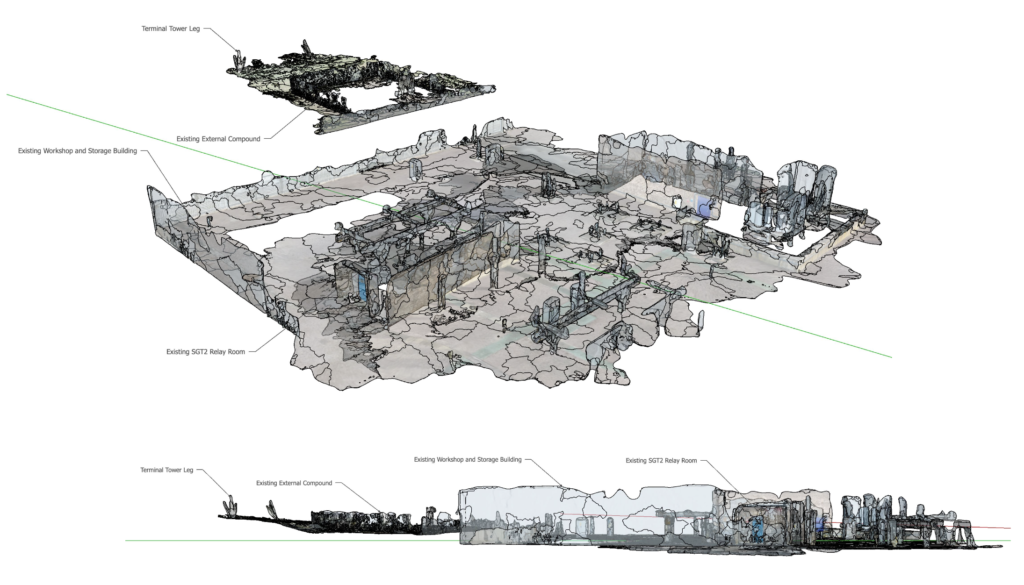
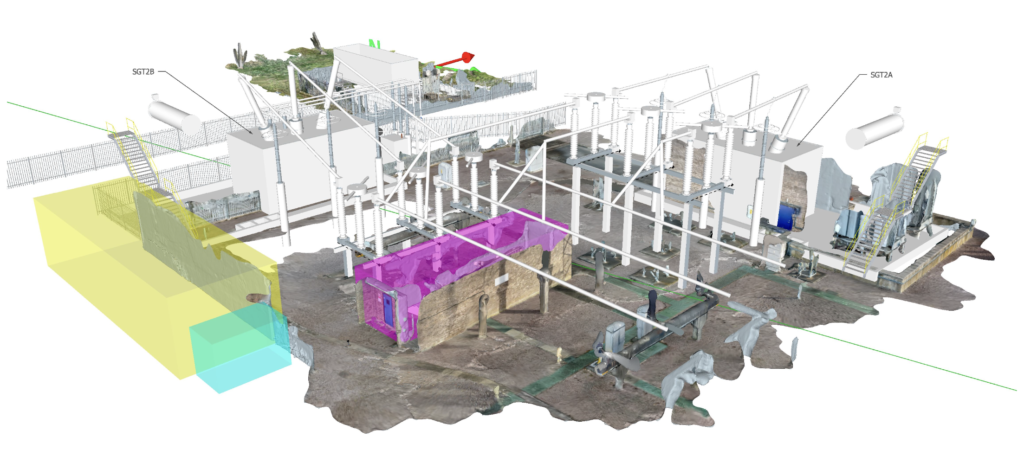
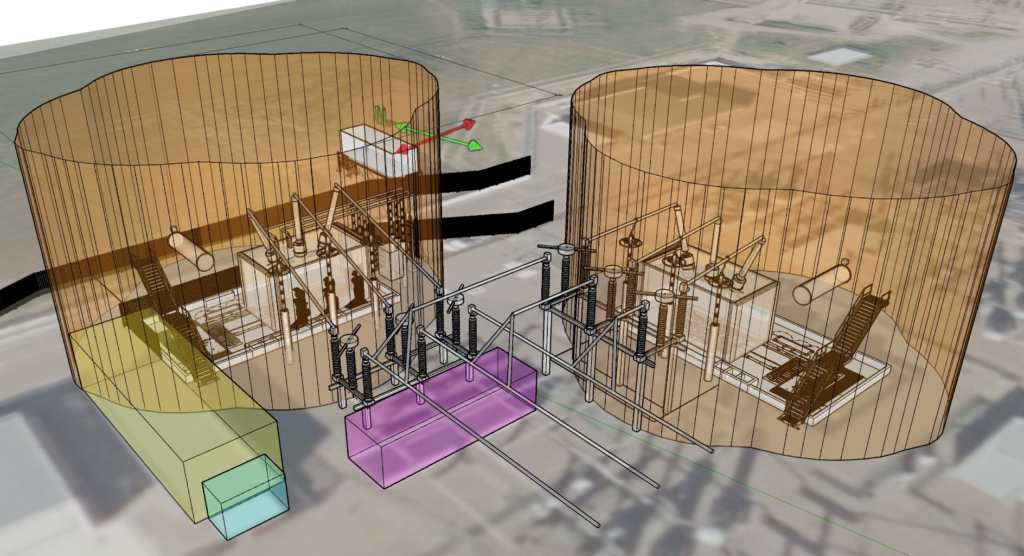
NORTH HUMBER TO HIGH MARNHAM NEW OHL EARLY STAGE DEVELOPMENT
Project Overview: The North Humber to High Marnham project aims to enhance the Transmission Network in the region by increasing boundary transfer capability, enabling future generation connections, and ensuring compliance with the Security and Quality of Supply Standard (SQSS). As it progresses, this scheme will construct a new double-circuit overhead line (OHL) approximately 90km long between new Creyke Beck North and New High Marnham 400kV AIS substations.
Our Role: Monui was engaged during the pre-Development Consent Order (DCO) phase to inform the early-stage optioneering. Our key contributions included:
Bespoke Coding and Algorithms: Developed unique software to combine mapping tools and algorithms to assess a high volume of permutations for routing the new line, aiding in the optioneering and feasibility stages.
Cost-Loaded Models: Created cost-loaded models to determine and compare estimated completion costs.
Constraint Data Gathering: Collected data on constraints and identified hazards to inform the decision-making process.
Constructability Analysis: Produced stage-by-stage drawings to evaluate the constructability of various options.
Risk Assessment Reports: Compiled holistic risk assessment reports to ensure realistic outturn costs were considered.
Outcome: Monui’s innovative methodologies and thorough analyses were instrumental in informing the strategic optioneering process. By providing detailed feasibility studies, cost estimates, and risk assessments, we ensured that National Grid could make informed decisions that balanced technical, economic, environmental, and socio-economic considerations. This project demonstrates our ability to support large-scale infrastructure projects with advanced technical solutions and strategic insights.
